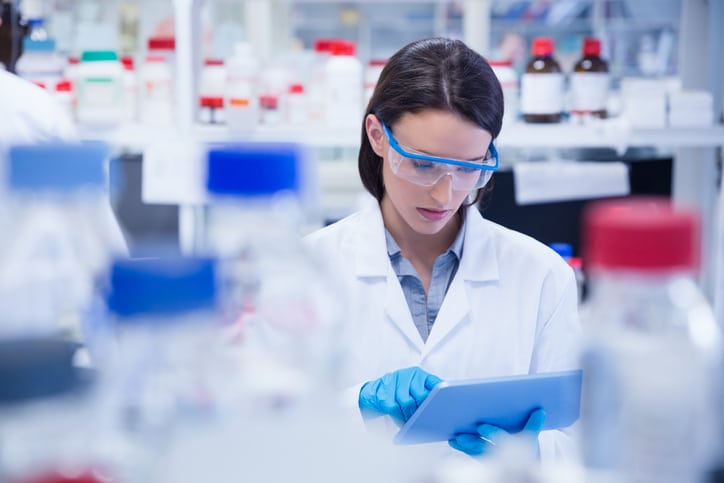
Bioavailability is an important concept for those invested in drug safety and pharmacovigilance to be aware of. Verifying and regulating rates of bioavailability of a drug can ensure that clinically significant doses are being delivered to patients, or that toxic doses aren’t being accidentally delivered. For a drug with low bioavailability, a larger dose would be required to breach the threshold of minimum effective concentration.
Bioavailability is, in essence, the rate and fraction at which a drug reaches systemic circulation unaltered. Certain drugs, such as those administered topically, do not require systemic circulation. For these, bioavailability will be irrelevant. However, for most drugs, bioavailability is an important marker for safety and efficacy. Read on to learn more about bioavailability and its relevance to drug safety.
Bioavailability and Clearance’s Relationship to Each Other
Within studies of pharmacokinetics, or the analysis of how drugs are absorbed, distributed, metabolized, and excreted, bioavailability and clearance have an important relationship to one another. Whereas bioavailability is how drugs reach systemic circulation, clearance is how drugs leave circulation. When used together, bioavailability and clearance can determine the time frame within which the concentration of a drug in the blood plasma is constant.

Bioavailability and clearance must be understood in tandem
Drugs undergo clearance in two different ways:
- Clearance through the kidneys is referred to as renal clearance
- Clearance through other organs is referred to as nonrenal clearance
Coming together to constitute the rate of clearance are several metabolic and excretory factors. Clearance will differ depending on the patient and on drug factors. The basic equation for getting the rate of clearance is drug elimination rate divided by plasma drug concentration.
Factors Influencing Bioavailability You’ll Learn During Drug Safety Courses
As students seeking pharmacovigilance certificates will know, bioavailability can differ based on several factors, including:
- Absorption
- Effects of food
- Metabolism of drug

Route of administration impacts the bioavailability of drugs
The route of administration (ROA) has a significant impact on the bioavailability of drugs. Intravenous bioavailability is always 100%, because the substance goes directly into circulation. For orally-administered drugs, bioavailability is less due to incomplete absorption. Because of this, altering the route of administration will sometimes call for an alteration of dosage.
Bioavailability’s Importance for Drug Safety in Canada
For students in drug safety courses, learning about bioavailability is important. Regulating the bioavailability of drugs is one part of ensuring they are safe for human consumption.

Understanding bioavailability is important for proponents of drug safety
In Canada, rates of bioavailability are regulated by Health Canada under a guidance document. In it, it is specified that the bioavailability of the test must match the bioavailability of the product within a range of 80-125%. In addition, the maximum plasma concentration of the test must match the maximum plasma concentration of the product within a range of 80-125%. Differences within this range are not thought to be clinically significant.
Do you want to start undergoing drug safety training in Toronto?
Contact the Academy of Applied Pharmaceutical Sciences for more information.



